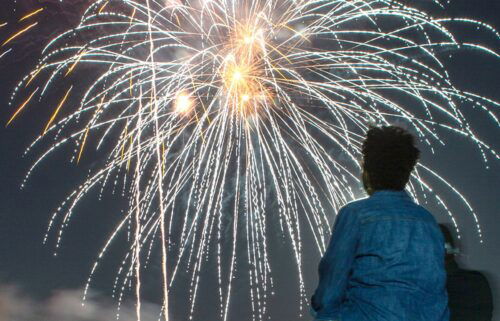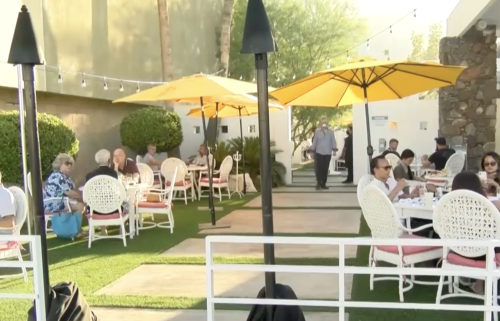Daylight Saving Time: Facts Behind The Switch
PALM DESERT – It’s time to spring forward and set our clocks an hour ahead. This is a tradition the United States adopted nearly 100 years ago, but how much do you really know about this switch?
Most people say ” daylight saving(s) time,” but it is actually ” daylight saving time.” There is not an “s” at the end of saving.
In 1784 Benjamin Franklin was one of the first to suggest changing time. He realized people burned candles at night, yet slept passed dawn in summer– wasting morning sunlight. Still, daylight saving time didn’t really catch on until World War 1. Then the United States adopted it in 1918, but Arizona and Hawaii still don’t participate.
Research shows this switch reduces deadly car crashes because people drive more safely during the daylight. However, not all effects are so favorable. Some studies suggest daylight saving time disrupts sleeping patterns and daily routines.
“It’s been a shift, takes me a bit to adjust,” says Darcy Pintar. ” My dog has a hard time adjusting to different meal times.”
The goal of DST is to conserve energy, but some experts say the savings is minimal. Still most people won’t complain about getting extra sunlight in the spring and the extra sleep in the fall.
“I love when I get extra sleep,” says Pintar.
“It’s nice for those of us who like to golf, we can wake up earlier and play. It’s great,” says Avi Lasman.
We fall back, and set clocks back an hour on the first Sunday in November.



